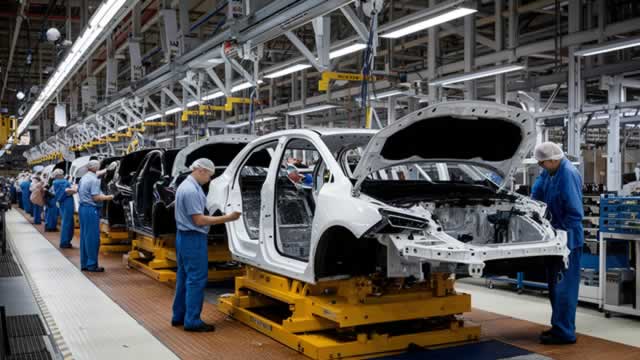
CVNA
Carvana Co.
$450.91
10.47
(2.38%)
| Exchange: | |
| Market Cap: | 97.759B |
| Shares Outstanding: | 15M |
About The Company
| Sector: | Consumer Cyclical | |||||
| Industry: | Auto – Dealerships | |||||
| CEO: | Ernest C. Garcia | |||||
| Full Time Employees: | 17400 | |||||
| Address: |
|
|||||
| Website: | https://www.carvana.com |
Carvana Co., together with its subsidiaries, operates an e-commerce platform for buying and selling used cars in the United States. The company offers vehicle acquisition, inspection and reconditioning, online search and shopping experience, financing, complementary products, logistics network and distinctive fulfillment experience, and post-sale customer support services. It also operates auction sites. Carvana Co. was founded in 2012 and is based in Tempe, Arizona.
Click to read more…
Revenue Segmentation
EPS
Earnings Call
Income Statement
(* All numbers are in thousands)
Balance Sheet
(* All numbers are in thousands)
Cash Flow Statement
(* All numbers are in thousands)
Analyst Estimates
(* All numbers are in thousands)







